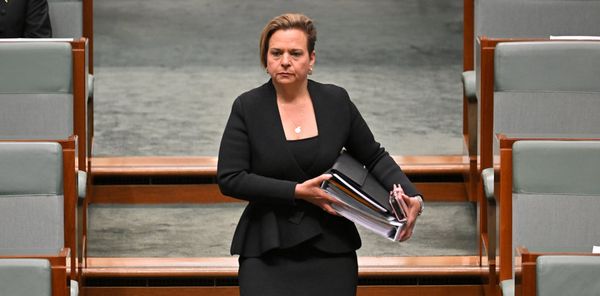Answering a question in the Lok Sabha, Union Power and New and Renewable Energy Minister R. K. Singh claimed that the average rural power supply in Karnataka was 19.05 hours per day in the year 2022–23 whereas the average urban supply was 23.82 hours (in 11 kV feeders, which are 3-phase, three-wire power distribution lines).
However, a reality check in many parts of Karnataka by The Hindu shows a clear disparity between what the government claims and what the rural areas actually get.
“Between December and March, which is when irrigation is necessary, we do not get two hours of power supply properly. Even otherwise, like in case of light rain, we do not get power for two to four days. We have stopped depending on the Energy Department for maintenance. We take our labourers, and repair transformers and fuses,” says Dinesh A.T., a planter from Balele village in Kodagu district.
In Malnad, which receives heavy rainfall, power supply is interrupted for several weeks if electrical poles are damaged. Even during the summer, there are times when rural areas do not have power all day due to a dip in production.
“We are ready to pay for electricity. What we expect is uninterrupted electricity supply. There has not been a month where we were supplied power 24 hours every day,” said Mr. Dinesh.
On August 5, the Karnataka Government launched its ambitious Gruha Jyothi scheme to provide free power up to 200 units, even as residents of rural areas are seeking uninterrupted power supply.
Srinivasa Murthy, a resident of Ginikallu in Sringeri taluk of Shivamogga district, said that his house gets power for about 10 hours a day. “As my place is quite remote, we get power for only 10 hours. The villages close to the main roads, where the supply lines and transformers are in good condition, get power supply for up to 13 hours a day,” he said.
Three-phase and single-phase power supply
Officials of Mangalore Electricity Supply Company informed that 3-phase power supply is provided for only seven hours in rural areas.
Siddesh, Executive Engineer of Koppa division of Mescom in Chikkamagaluru district, told The Hindu that they supply 3-phase power for seven hours and single-phase power for the remaining hours. Consumers get 3-phase supply for seven hours only during the daytime. “During the summer, the number of hours of power supplied is reduced substantially depending on power availability. As of now, there is no load-shedding,” he said.
In north Karnataka, farmers complained that they do not get seven hours of 3-phase electricity supply, required for the proper functioning of irrigation pump sets, in a day.
Sharanabasappa Mamshetti, a farmer from Ratkal village in Kalaburagi district, said, “The government claims that it supplies eight hours of quality power (3-phase) for irrigation pump sets. In our village, we never got more than five hours of 3-phase power. Load shedding, irregular power outage, and power cut for maintenance is a common occurence.”
Lakshman Gowda, a farmer from Kadagamdoddi village in Raichur taluk, pointed out the difficulties that people are facing in maintaining their households owing to frequent power outages.
“In earlier days, we extensively used kerosene lamps during power supply disruptions. Now, kerosene is not available in the market whereas the power supply disruptions continues as usual, or with increased frequency. People who are financially sound have purchased rechargeable and solar-power torches and lights while others use cooking oil to light lamps. A prolonged power cut is a regular phenomenon in our village, and we are used to it,” Mr. Gowda said.
Even going by the answer provided by Union Power and New and Renewable Energy Minister R. K. Singh in Parliament, the claimed 19 hours of average rural power supply in Karnataka is lesser than most States in India, including Andhra Pradesh and Telangana. In previous years, with an average of 17 hours of supply in rural areas, Karnataka occupied the last position in south India in the category.
Karnataka Power Transmission Corporation Limited (KPTCL) claims that electronically recorded data from SCADA system shows that while seven hours of 3-phase power is supplied to irrigation pump sets as per the norms, under the Niranthara Jyothi scheme, homes in rural areas are supplied electricity beyond 20 hours.
When asked about the reply given by the Union Minister in the Lok Sabha, KPTCL Managing Director Pankaj Kumar Pandey said, “The reply we had given to the Central Government had clearly stated that we supply electricity beyond 20 hours from various Escoms. We stand by our reply. There might be power outages in certain regions in the monsoon, but the supply has been good.”







